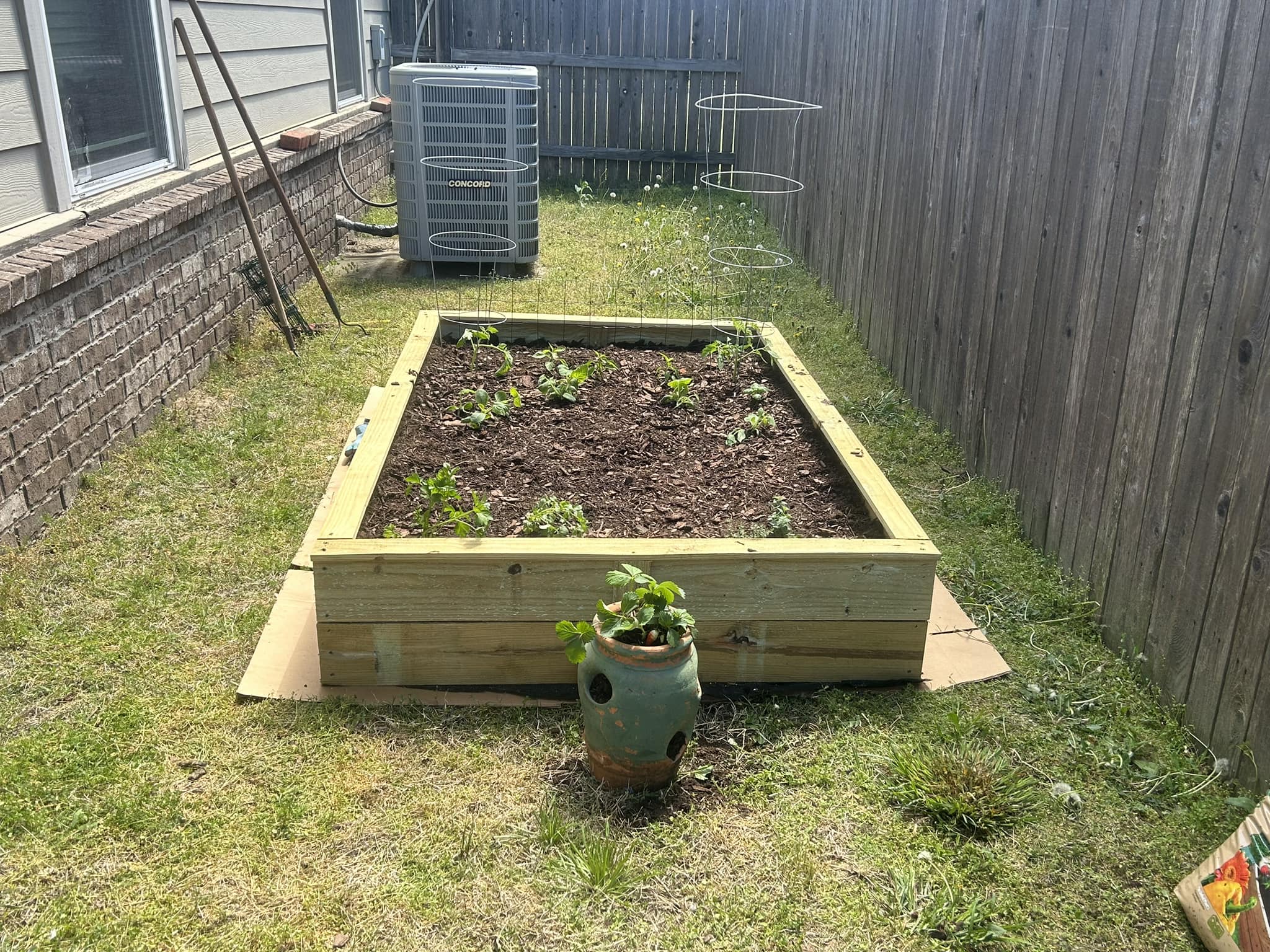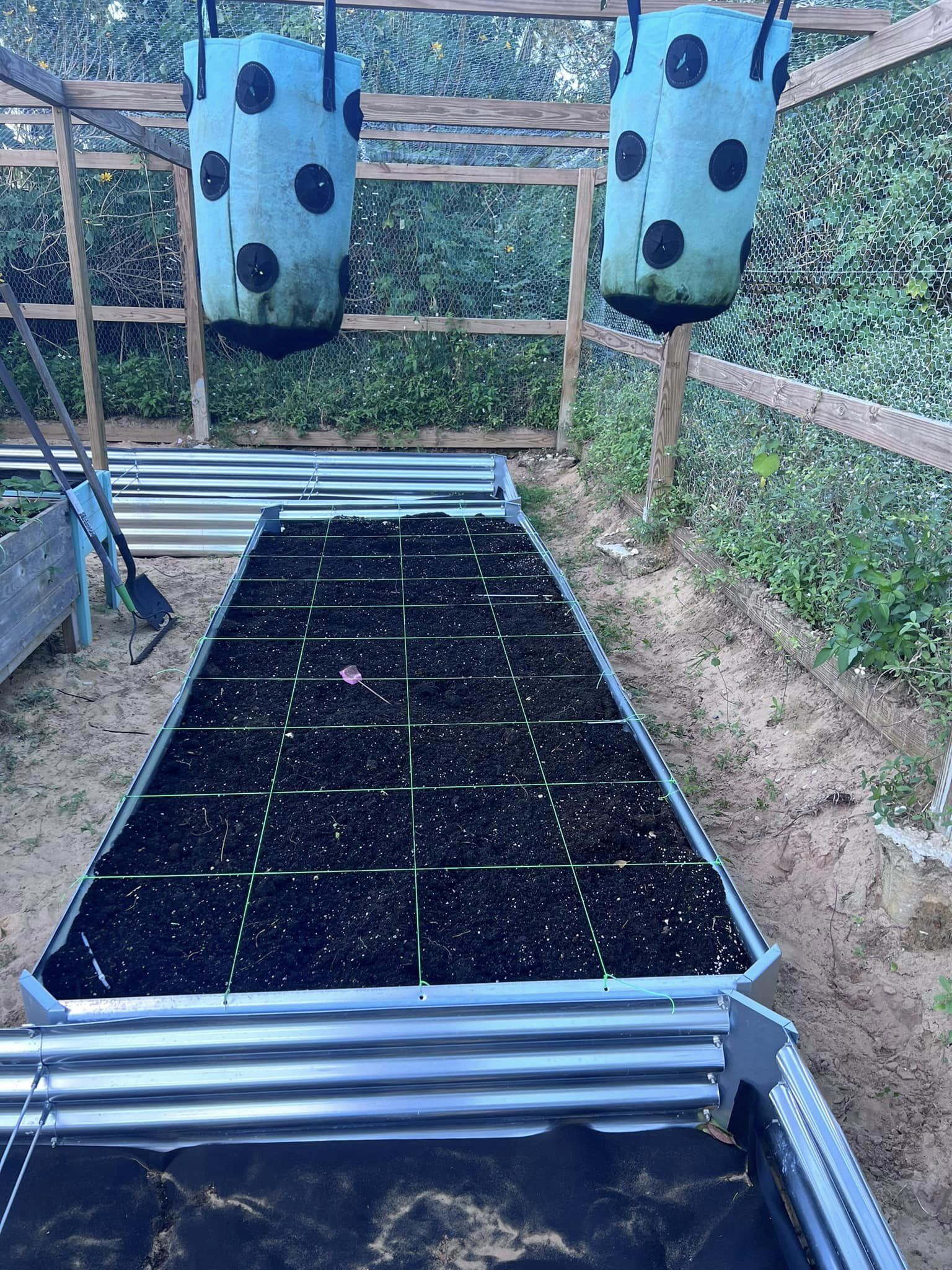
Long gone are the days of longing for a garden worthy of Instagram envy. Forget tilling tired soil and wrestling with unruly weeds. Raised bed gardening promises a revolution for green thumbs and curious novices alike. It’s like taking your love affair with houseplants and transplanting it outdoors, but with all the juicy rewards of homegrown vegetables and vibrant blooms. So, dust off your gardening gloves, because we’re about to transform your backyard into a symphony of colors and flavors.
Table of Contents
Sizing Up Your Green Dreams: Choosing the Perfect Raised Bed

When it comes to creating your raised bed oasis, size and material matter. Let’s explore the choices that lay the foundation for your gardening extravaganza.
Material Matters:
- Wood: Classic and rustic, perfect for DIY enthusiasts. Opt for cedar or redwood for natural resistance to rot.
- Metal: Sturdy and sleek, ideal for modern landscapes. Be mindful of heat absorption in sunny areas.
- Plastic: Lightweight and affordable, a good choice for beginners. Opt for food-grade materials and consider insulation in extreme climates.
Size Wise:
- Length: Think about accessibility and the desired variety of plants. 4-6 feet long is manageable for most gardeners.
- Width: Aim for 2-3 feet, allowing easy access from both sides. Narrower beds are great for herbs or small vegetables.
- Height: 12-18 inches is a sweet spot for soil drainage and easy weeding. Higher beds may require additional support.
Building Your Fertile Fortress: Filling Your Raised Bed

The success of your garden begins with what goes into it. Let’s layer it up like a lasagna chef and add those finishing touches for a robust foundation.
Layer Like a Lasagna Chef:
- Base: Start with a weed-blocking fabric or cardboard to deter unwanted guests.
- Drainage: Gravel or broken pottery shards allow excess water to escape, preventing soggy roots.
- Nutrient Powerhouse: Compost and aged manure provide essential minerals and organic matter.
- Top Soil Symphony: Fill the rest with high-quality topsoil, ensuring it’s loose and weed-free.
Don’t Forget the Finishing Touches:
- Mulch Mania: A layer of wood chips or straw helps retain moisture, suppress weeds, and regulate temperature.
- Edging Elegance: Stones, bricks, or even recycled materials define your bed and add a touch of personality.
Jaw-Dropping Raised Bed Garden: 7 Must-Know Tips for Beginners
Now that your bed is ready, it’s time to plant the seeds of success. Here are seven essential tips for beginners to ensure a thriving raised bed garden.
Tip 1: Know Your Zone:
Understanding your USDA Plant Hardiness Zone is crucial for selecting plants that can withstand the temperature ranges of your specific region. This information guides you in choosing appropriate plant varieties that are well-suited to your local climate conditions. By aligning your plant choices with your zone, you increase the likelihood of a successful and productive raised bed garden. It ensures that your plants are resilient and can thrive in the conditions unique to your area, setting the foundation for a flourishing garden.
Tip 2: Sunshine Seekers vs. Shade Dwellers:
Organize plants in your raised bed garden based on their light requirements—full sun, partial shade, or full shade. This strategic grouping ensures each plant receives the optimal amount of sunlight for growth and productivity. For instance, position sun-loving crops like tomatoes in full sun areas, while accommodating shade-tolerant plants like lettuce in partially shaded or fully shaded spots. Aligning plants with their light preferences establishes a balanced environment that fosters the success of each species in your garden.
Tip 3: Spacing is Key:
Follow planting instructions carefully and avoid overcrowding your plants. Provide the recommended spacing to allow for optimal growth, prevent competition for resources, enhance air circulation, and facilitate maintenance. This practice ensures a healthy and well-balanced environment in your raised bed garden, promoting the success of each plant.
Tip 4: Watering Wisdom
Choose early morning for watering to avoid the harsh midday sun. This helps plants absorb moisture efficiently and minimizes water loss through evaporation. Regularly check soil moisture by feeling it to prevent overwatering. These practices not only ensure optimal hydration but also reduce the risk of sunburn, fungal diseases, and stress on your plants in your raised bed garden.
Tip 5: Feed Me!:
Nourish your plants with organic fertilizers or compost teas throughout the growing season. Choose well-rotted manure, compost, or organic granular fertilizers for slow-releasing nutrients. Compost teas, steeped in water, enhance soil fertility and microbial activity.
Apply these organic supplements regularly from early spring to support robust growth, strong roots, and a plentiful harvest. Be mindful of balanced nutrition, avoiding over-fertilizing for optimal results and long-term soil health. This organic feeding approach contributes to sustainable gardening practices and benefits both your plants and the environment.
Tip 6: Pest Patrol
Stay vigilant for unwanted pests in your garden. Choose natural solutions like neem oil or companion planting before resorting to harsh chemicals. Regular inspection helps in early detection, and natural remedies like neem oil are effective without harming beneficial insects. Embrace companion planting to deter pests and attract helpful insects like pollinators. Prioritize eco-friendly methods to maintain a healthy garden ecosystem, encouraging the presence of beneficial insects and minimizing the use of chemical pesticides. This approach ensures effective pest management while promoting sustainability in your garden.
Tip 7: Harvest Happiness:
Optimize your gardening rewards by harvesting fruits and vegetables at their peak ripeness. Timing is crucial, and observing visual and tactile cues helps determine the readiness for harvest. Picking produce at the right moment ensures maximum flavor development and a satisfying texture. Regular and timely harvesting supports continuous production and prevents overripeness. Enjoy the full rewards of your gardening efforts by savoring freshly harvested produce in its prime, whether eaten raw, cooked, or incorporated into delightful recipes.
Embrace these tips, and watch as your raised bed garden transforms from a flat earth into a flavorful oasis, a testament to your newfound gardening prowess.
